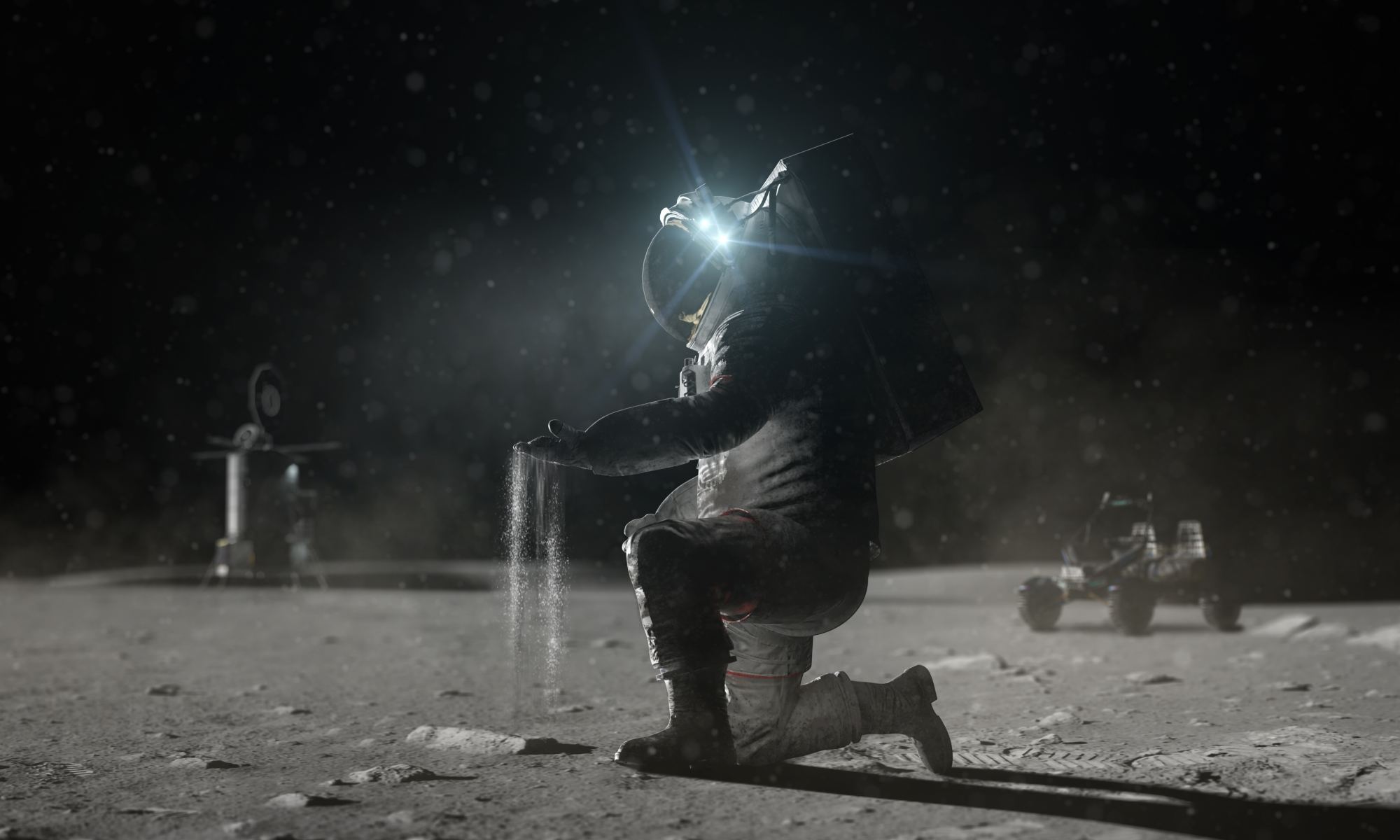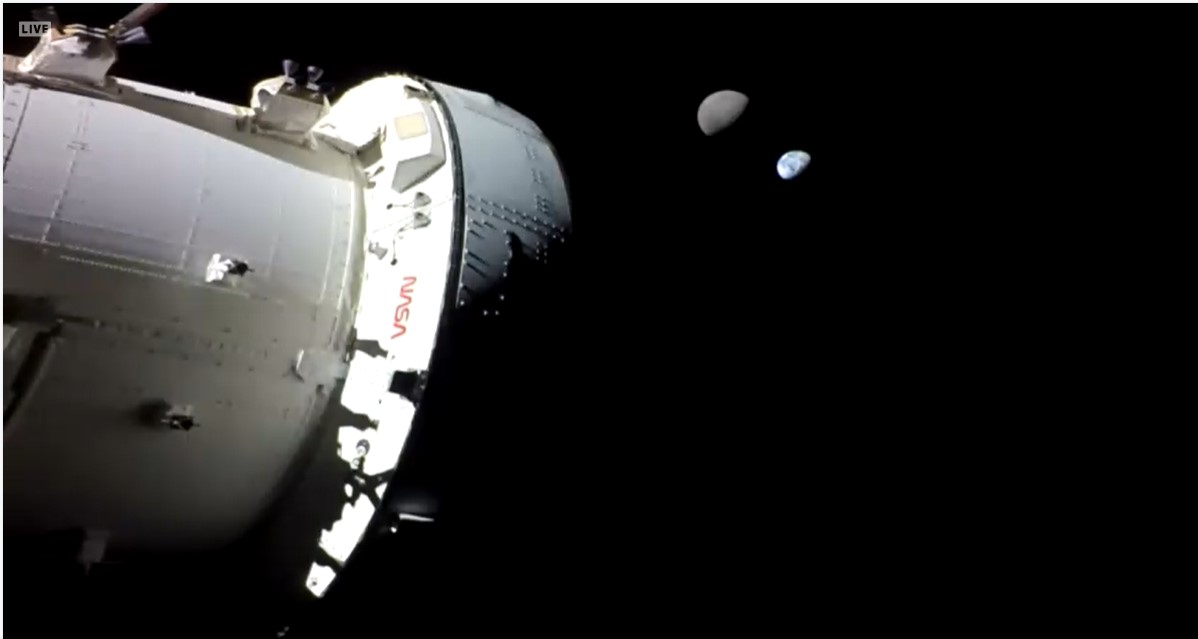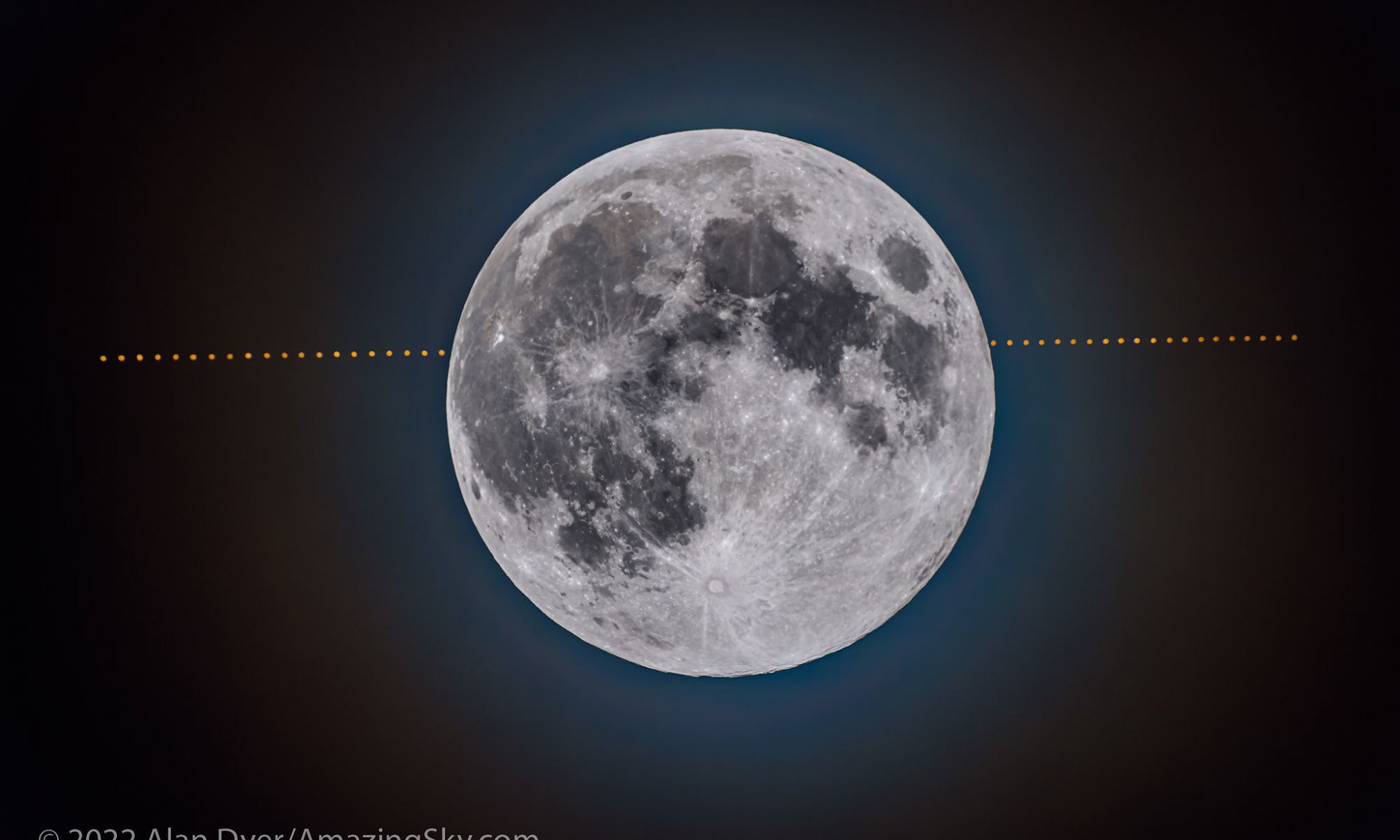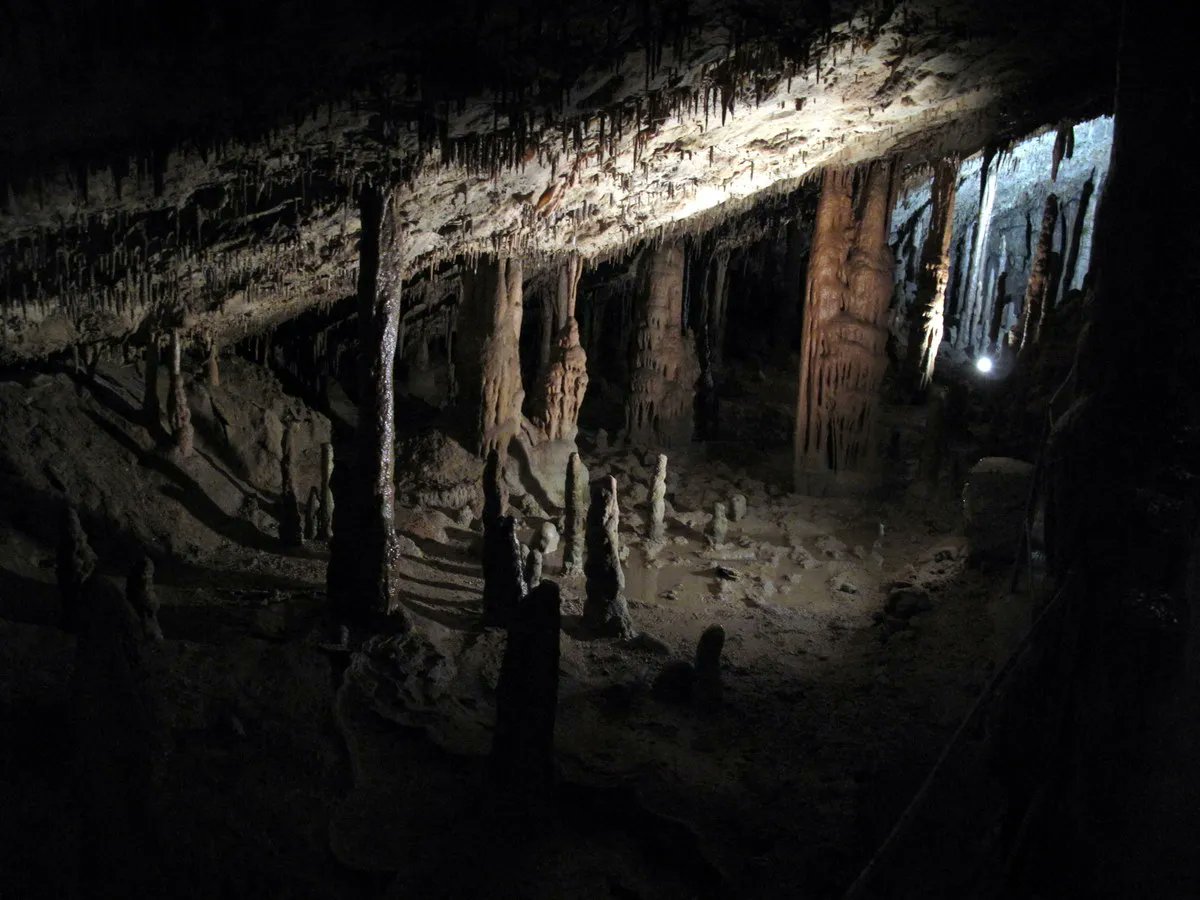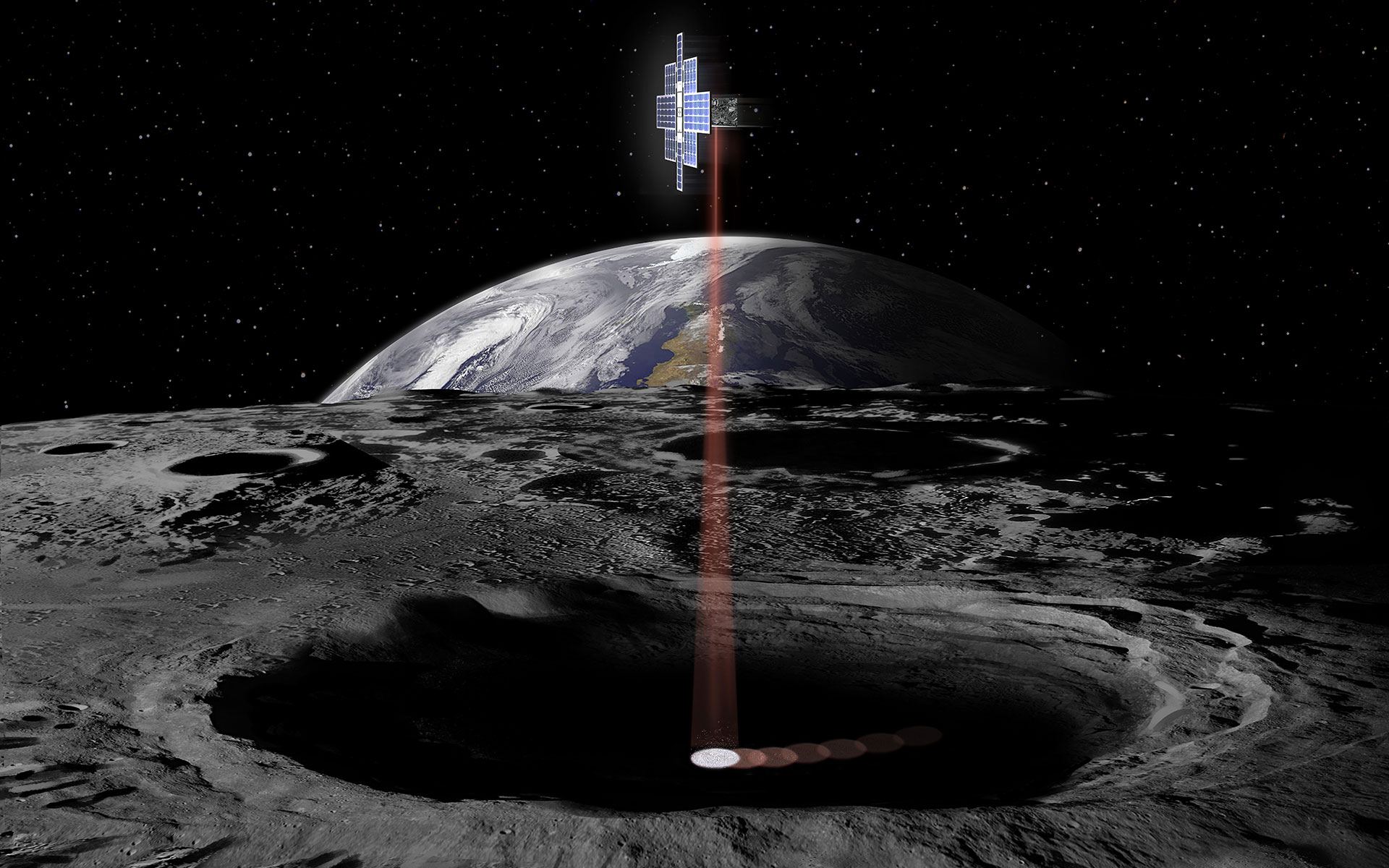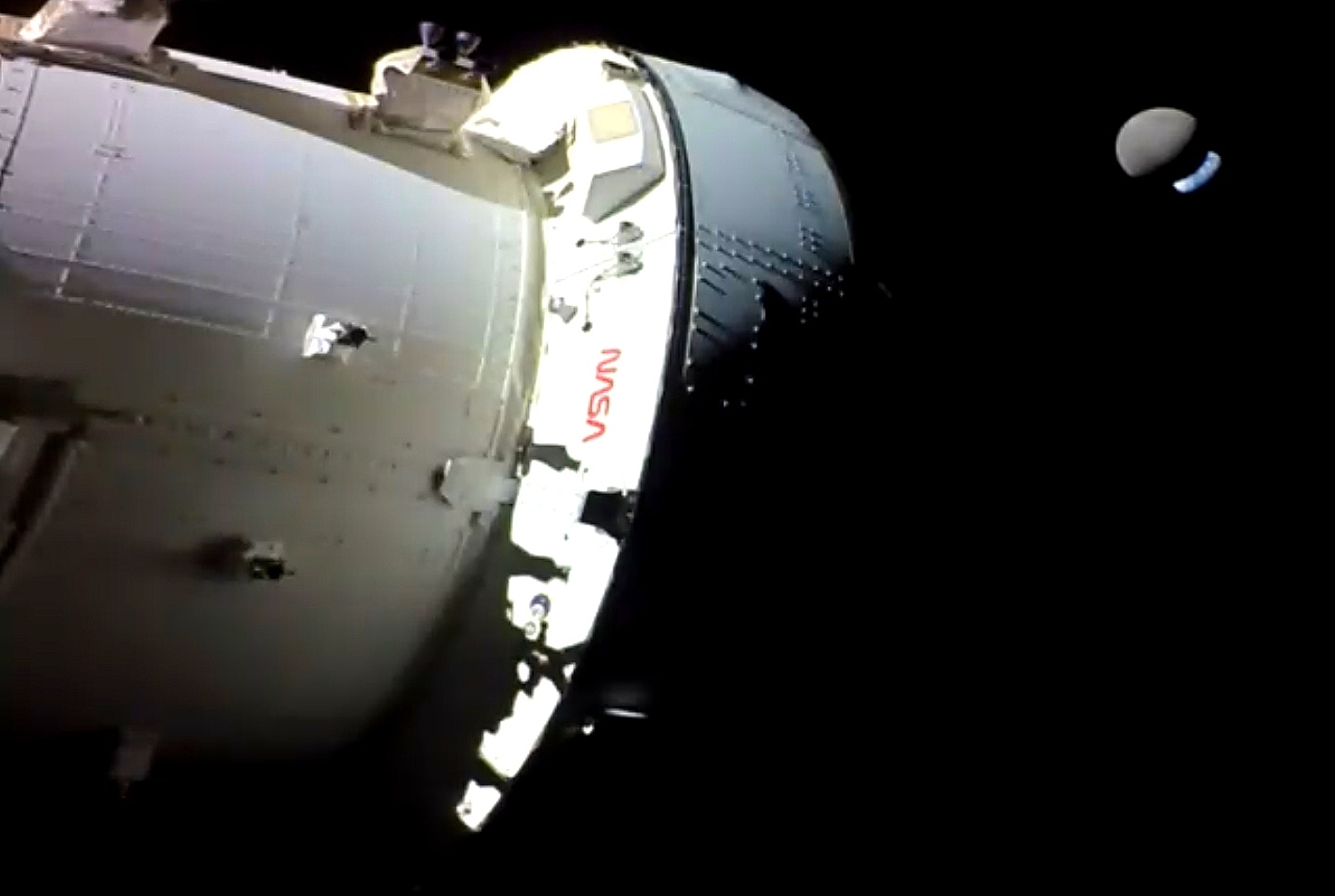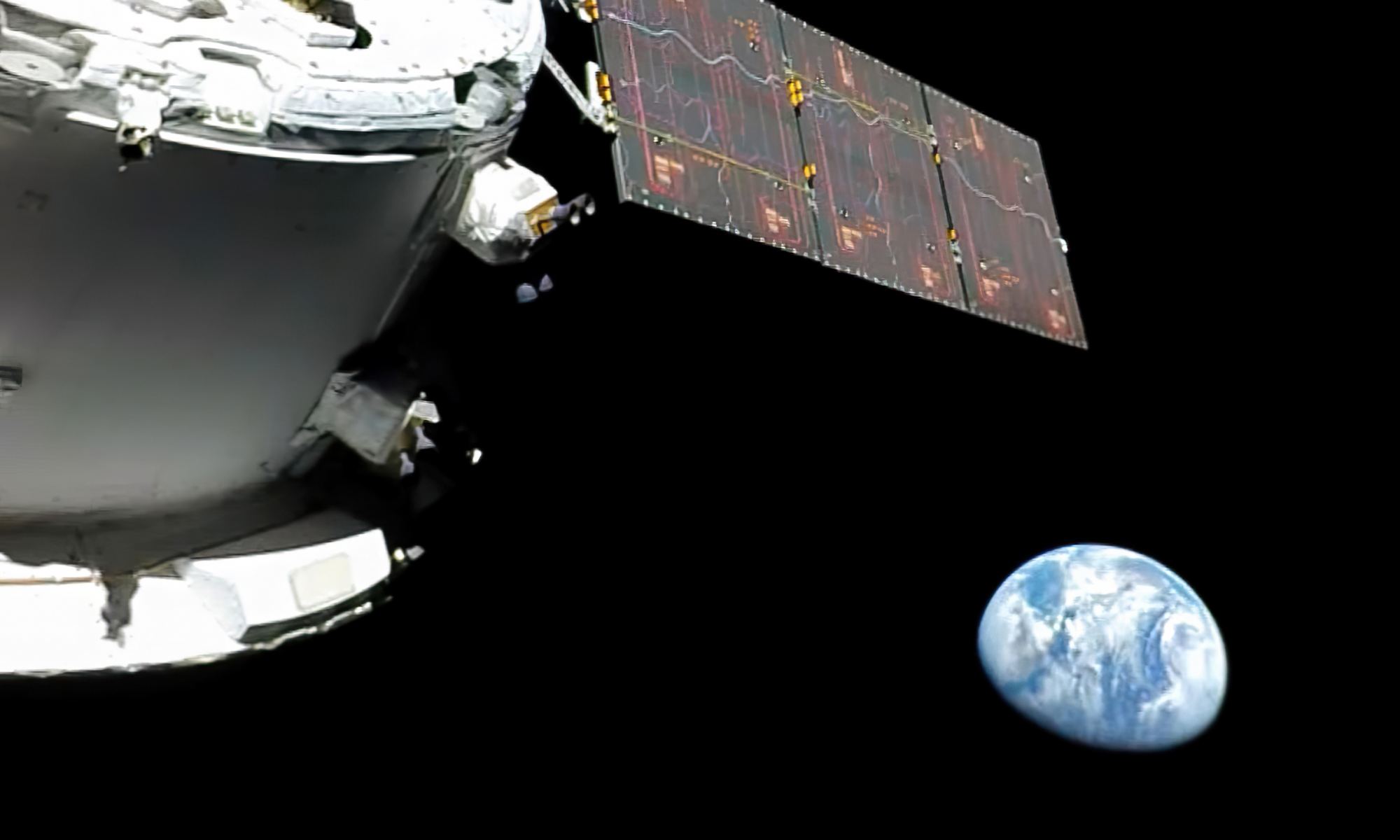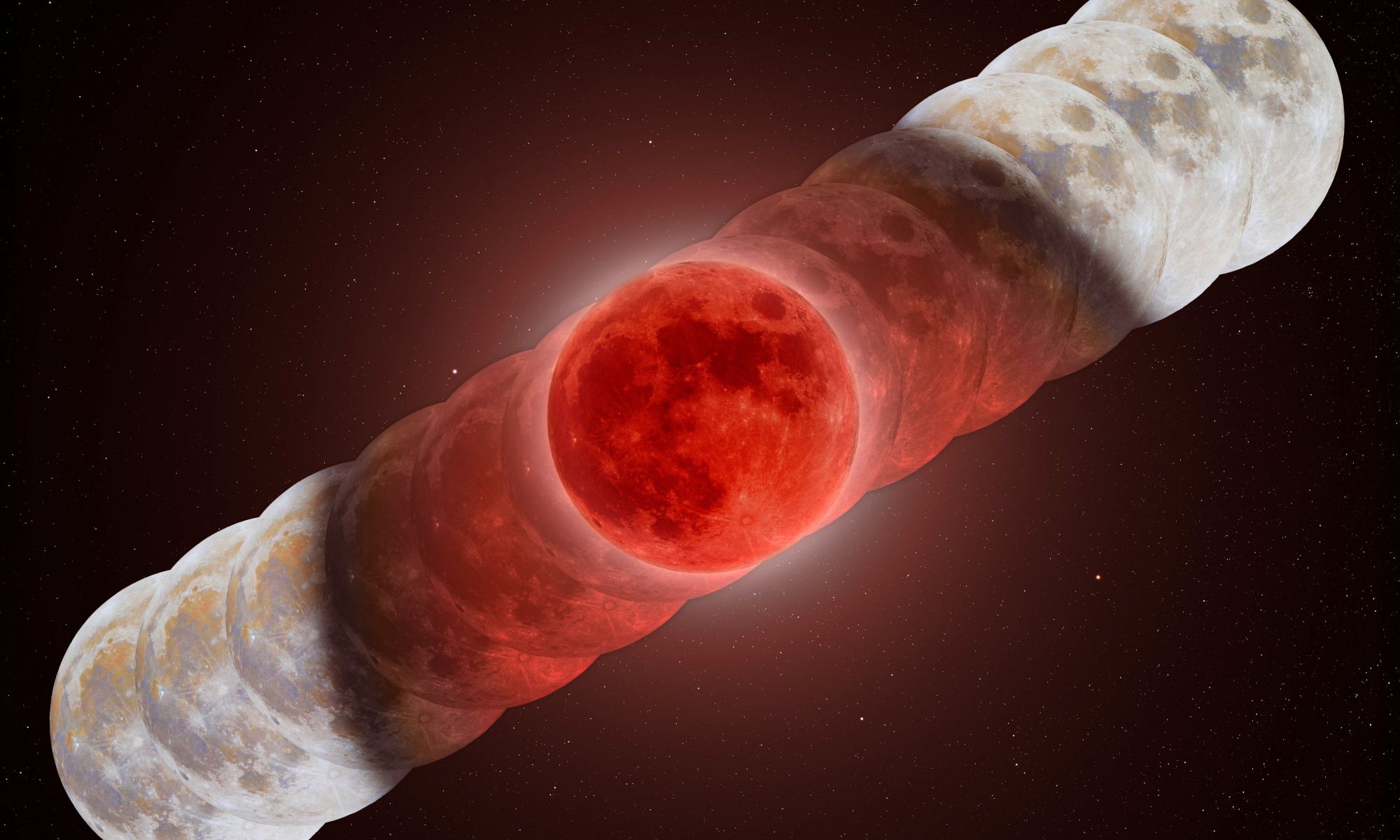With the help of international and commercial partners, NASA is sending astronauts back to the Moon for the first time in over fifty years. In addition to sending crewed missions to the lunar surface, the long-term objective of the Artemis Program is to create the necessary infrastructure for a program of “sustained lunar exploration and development.” But unlike the Apollo missions that sent astronauts to the equatorial region of the Moon, the Artemis Program will send astronauts to the Moon’s South Pole-Aitken Basin, culminating in the creation of a habitat (the Artemis Basecamp).
This region contains many permanently-shadowed craters and experiences a night cycle that lasts fourteen days (a “Lunar Night“). Since solar energy will be limited in these conditions, the Artemis astronauts, spacecraft, rovers, and other surface elements will require additional power sources that can operate in cratered regions and during the long lunar nights. Looking for potential solutions, the Ohio Aerospace Institute (OAI) and the NASA Glenn Research Center recently hosted two space nuclear technologies workshops designed to foster solutions for long-duration missions away from Earth.
Continue reading “Power on the Moon. What Will it Take to Survive the Lunar Night?”
